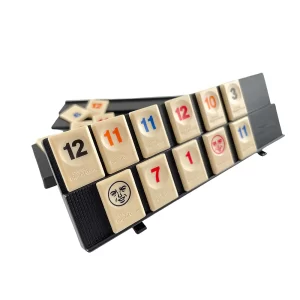How Slot Machines Work and the Odds of Winning

If you have ever wondered how slots work, you’ll be happy to know that the odds are based on random number generators. These machines can randomly generate thousands of numbers per second and associate them with different combinations of symbols. When you play the slots, the random number generators select one of the winning numbers and match it with the symbols on the paylines to determine whether you’ve won or lost. Despite what most people think, these spins are entirely random, and the odds of a particular symbol being matched are the same as those of any other symbol.

While winning at slot machines is ultimately a matter of luck, understanding how the odds work will increase your chances of success. In general, the odds are in your favor if you play the machines with smaller jackpots. Generally, the bigger the jackpot, the more difficult it will be to win. Hence, the lower the jackpot, the better the odds. But, if you’re a lucky player, you can also win big by playing slots with a large jackpot.
The payback percentage is the theoretical amount of money that a casino expects to return to the player. This number is expressed as a percentage, and it means that for every dollar you bet, the casino expects to return 94 cents. Although this number sounds low, it is very difficult to achieve in the short run. It is important to know the payback percentage before you start playing slots.
Payback percentages are not displayed on individual slot machines. This is because the casino’s random number generators are considered proprietary, so they do not publish them for the general public to access. Moreover, different manufacturers may produce different versions of the same game. As a result, different versions of a game have different payback percentages. Therefore, it is impossible to calculate the odds of winning in any particular game.
Modern slot machines rely on computers instead of gears to make decisions. While many of the parts look similar to their mechanical counterparts, they work on a completely different principle. In modern slot machines, a central computer is the one controlling the spinning reels, rather than the motion of the reels themselves. The odds of winning are not completely predictable, but these machines can be highly unpredictable.
A winning combination can be created by getting three matching symbols on one payline. The casino does not care if the player leaves with a jackpot or loses everything, as they know that eventually they’ll lose all their money. A player with a high probability of hitting the winning combination has a 1/1000 chance of triggering the winning combinations. In other words, the longer they play, the higher the payout will be.
The RNG also governs how many paylines are active in a game. If a machine has more than one, the more paylines it has, the higher its payout percentage to players. By ensuring that the RNG algorithm is functioning randomly, you can improve your chances of winning. There are numerous factors to consider when determining the payout percentage of a slot machine. A good percentage of payout to players should be in the range of 90 percent.







